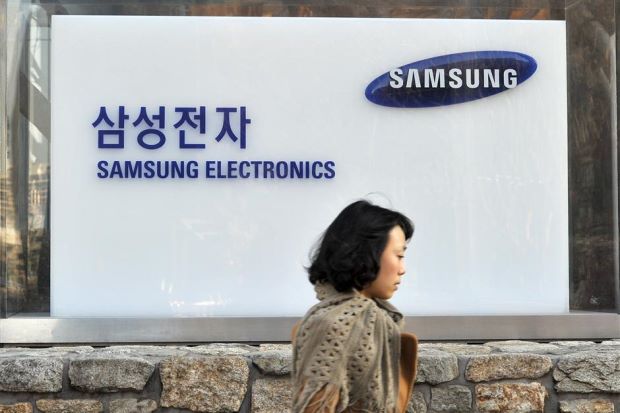Samsung Planning For The Future With ‘Space Internet’
According to Farooq Khan, SAMSUNG ELECT LTD (F) (OTCMKTS:SSNLF) (KRX:005930)’s R&D America President, demand for mobile data would reach one zettabyte a month by the turn of the year 2028.
As Khan explains, the problem is: “As more people connect to the Internet, increasingly chat to friends and family, watch videos on the move, and listen to streamed music on their mobile devices, mobile data traffic continues to grow at unprecedented rates”.
Several tech titans have pointed to using the final frontier as a means to solve internet access issues with the use of satellites.
The Samsung research follows Facebook’s unveiling of a drone with the wingspan of a Boeing 737 to broadcast internet to remote regions of the world. The cost to create WiFi and LTE networks is too high, and having a system in place to cover all of the world would be more cost effective and speed up the growth of Internet adoption worldwide.
The satellites would be launched at a range between 160km and 2,000km from the Earth’s surface, and the number of 4,600 is – argues Khan – extremely important for consistent functionality and coverage – an “entire constellation” to “maintain constant coverage where a new satellite shows up at the location of a previous satellite which has moved out of sight”, argues Khan.
By 2028, Khan claims “both cellular and Wi-Fi will be carrying data traffic in excess of one zetabye/month”.
The system of LEO satellites, which don’t hold a single position, would also need to use phased array antennas to allow multiple beams to be formed between satellites for space-to-ground communication and satellite-to-satellite signals. Putting the project into effect would depend on technologies still being developed, such as radio-frequency circuits capable of effectively handling millimeter-wave frequencies.








